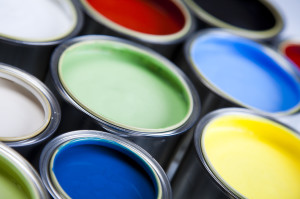 Their chemical and degradation components may be considered part of a cycle, whose steps should be studied to analyze their risks to environment and consumers. The 23rd International Congress of Associations of Textile Chemists and Colorists, held in Budapest, was thus developed through five reference lines: 1) sustainable textile chemistry; 2) innovation in textile processes. 3) quality, environment and safety; 4) new opportunities and developments of textile processes; 5) training activities at European level in the field of textile chemistry.
Their chemical and degradation components may be considered part of a cycle, whose steps should be studied to analyze their risks to environment and consumers. The 23rd International Congress of Associations of Textile Chemists and Colorists, held in Budapest, was thus developed through five reference lines: 1) sustainable textile chemistry; 2) innovation in textile processes. 3) quality, environment and safety; 4) new opportunities and developments of textile processes; 5) training activities at European level in the field of textile chemistry.
The event made it possible to take stock of technology development in the field of textile finishing worldwide, mostly at University and technological research centers level. In three days 120 works were presented including plenary reports, specific communications and posters, all referring to the most important developments in the field of textile finishing, clothing and fashion. Speakers came from 27 countries. Reports on processes focused on ultrasound applications; nanotechnologies, particularly those concerning the use of sol-gel; optimizing systems for the achievement of energy savings and chemicals. Reports on products included medical textiles in various uses; the enhancement of natural fibers through the use of new technologies; the development of special technical applications of textile materials. For those who wish to deepen the aspects that have been debated, further information can be found on http://www.ifatcc2013-budapest.hu. For the preponderance of academic work, it seemed useful to draw attention to salient aspects of three industrial proposals discussed in Budapest because in line with the research, but already in progress of industrial development. They include inkjet digital printing, eco-friendly treatments for jeans and a new type of dyes.




